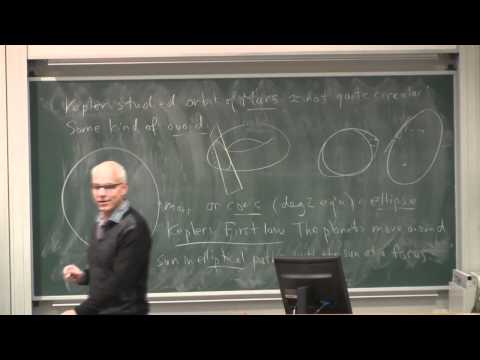Description:
Explore the historical development of our understanding of the solar system and planetary motion in this 51-minute lecture on the mechanics of celestial bodies. Trace the progression from Earth-centered models to the heliocentric system, examining the contributions of key figures like Copernicus, Galileo, Brahe, Kepler, and Newton. Delve into Kepler's Laws and their explanation through Newton's Laws of Motion and Law of Gravitation. Discover how classical geometry played a crucial role in this scientific revolution, particularly in the study of conic sections. Gain insights into the fundamental problem that drove scientific inquiry in the 17th century: explaining the behavior of planets in the night sky.

Mechanics and the Solar System - Math History - NJ Wildberger
Add to list
#Science
#Astronomy
#Solar System
#Physics
#Classical Mechanics
#Newton's Laws of Motion
#Kepler's Laws